The watch industry may be slow to react, but it’s quick to pick up on trends, and we’re seeing one play out at the moment which I would call a side effect of the broader comeback of ‘80s style. The trend is that of asymmetry, and it has taken root across many genres and price points. Most recently, watches like the [RE]Master02 from Audemars Piguet have served to punctuate the trend building up in the small independent scene. This space often provides the kindling for such trends that would otherwise represent an unreasonable risk profile for more established brands, even if they have the relevant heritage in hand. Asymmetrical watches are nothing new, of course, but they’ve found a new lease on life thanks to some rather creative expressions represented at the crossroads of style and culture.
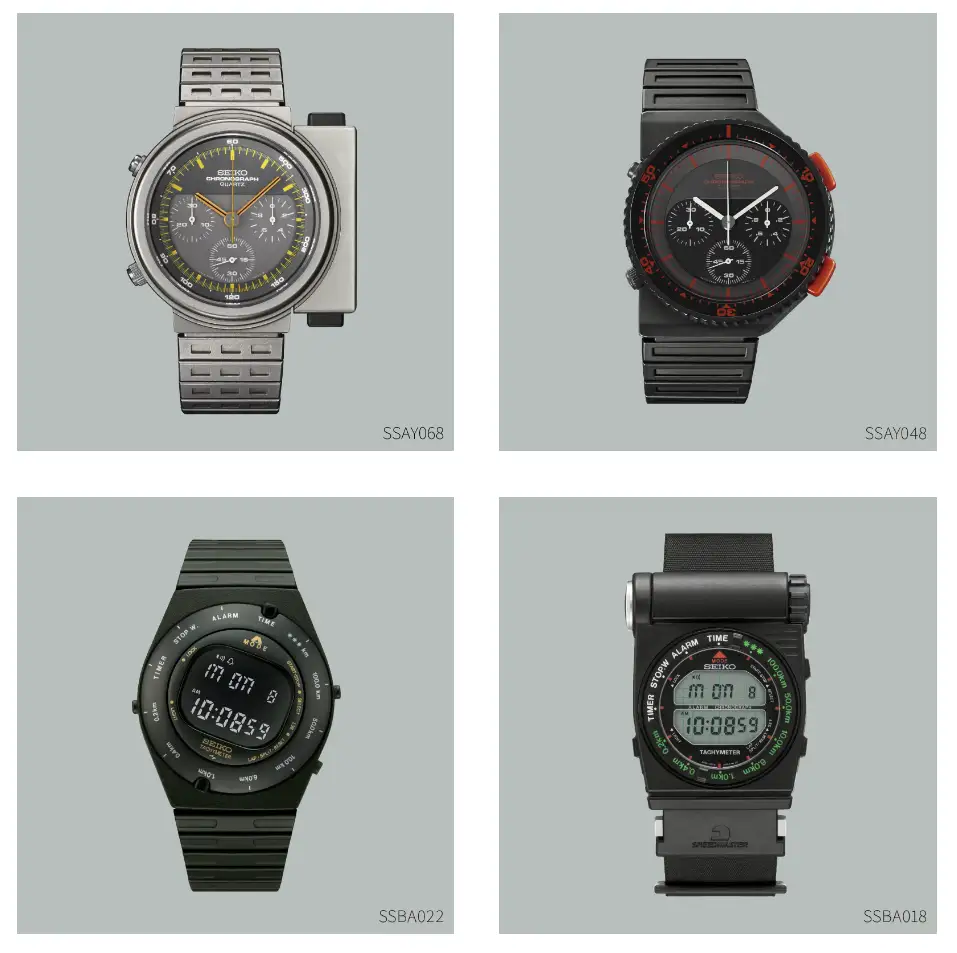
When I think of asymmetrical watches my mind immediately goes to the work done by Giorgetto Giugiaro for Seiko in the ’80s. The ‘Ripley’ reference 7A28-7000, so named for its appearance on the character played by Sigourney Weaver in James Cameron’s 1986 movie, Aliens, is the most famous of this group, but many others exist that push these concepts further still in a group of four watches released in 1983 dubbed the ‘Speedmaster’ series. A personal favorite is the reference SSBA018 for its highly unusual case, and this represents a watch I’d dearly like to see reissued in some modern form.
Looking back further still, watches from the likes of Piaget, Vacheron Constantin, Hamilton, and Cartier were also pioneering in creating unique asymmetrical cases. Each of the brands continue to produce watches that adhere to their long established unconventional case DNA, and they remain just as compelling today for that reason. But there’s a new type of asymmetry making its way into case design, and it leans into more brutalist tendencies.
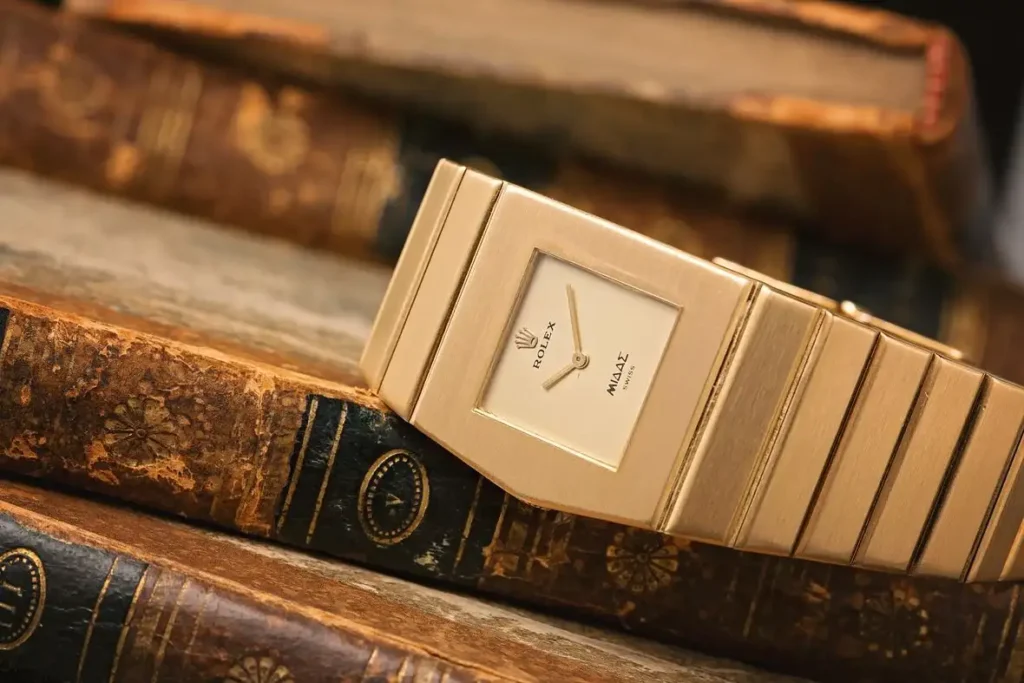
In 1964, Rolex released a new watch called the King Midas (prior to being placed within the Cellini collection) that was a celebration of precious metal, asymmetry, and brutalist design. The watch was flush along the 3 o’clock side, while the opposite side featured a continuous taper from a single wide point at 6 o’clock on the case. A few years prior to this, Audemars Piguet had their own brutalist asymmetrical design in the reference 5159BA, which the brand has recently resurrected in the form of the [RE]Master02, which they call a ‘tribute to brutalism’.
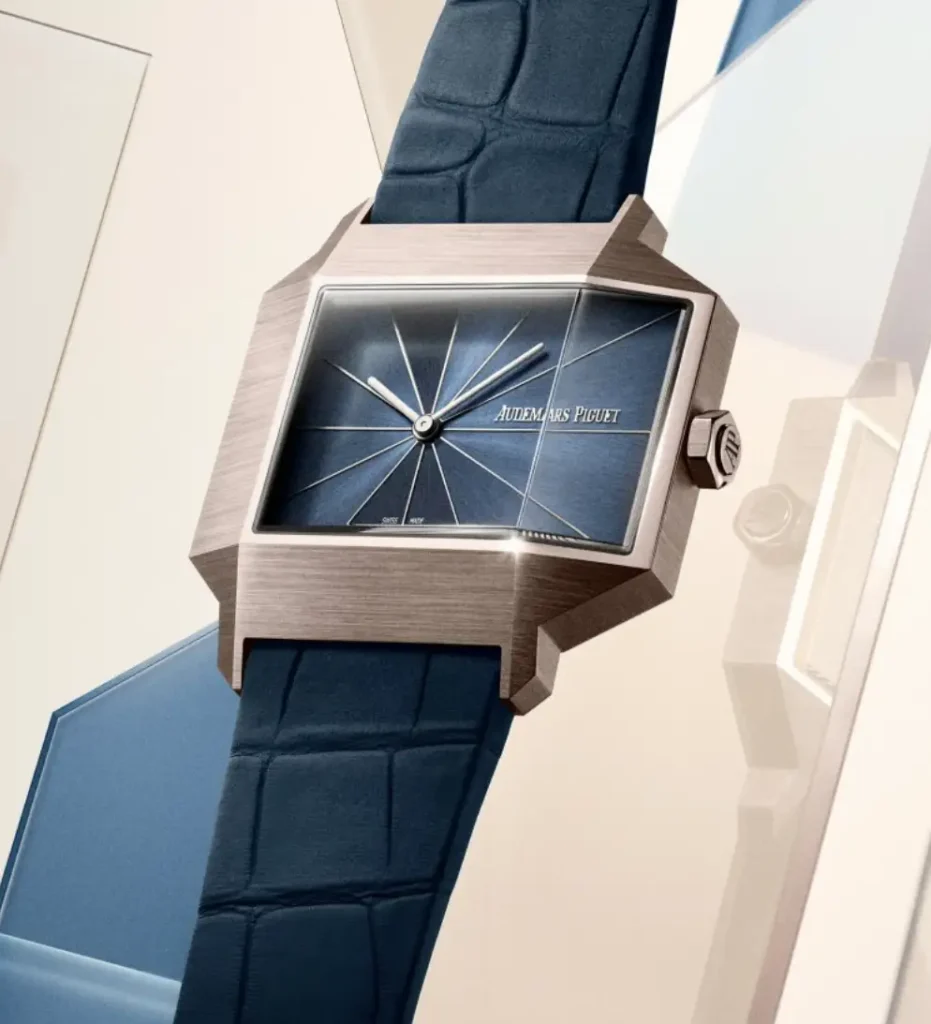
Earlier this year, we saw an original asymmetrical brutal watch design from new brand Toledano & Chan called the B/1. This watch has become the voice of this trend in the independent space, where funky, asymmetrical cases are not uncommon. Inspiration for each of these watches, right on back to the ‘60s, comes from brutalist architecture that emerged in, you guessed it, the 1950s. The style represents a reaction against nostalgia of classic forms. Often utilitarian in nature, these buildings were low cost and broadly socially responsible. The style would become more expressive, and find itself eventually used in more contemporary manners for the likes of museums and universities. In fact, the B/1 was inspired specifically by a window form of the Breuer building (formerly of the Whitney Museum, recently sold to Sotheby’s), an icon of brutalist design.
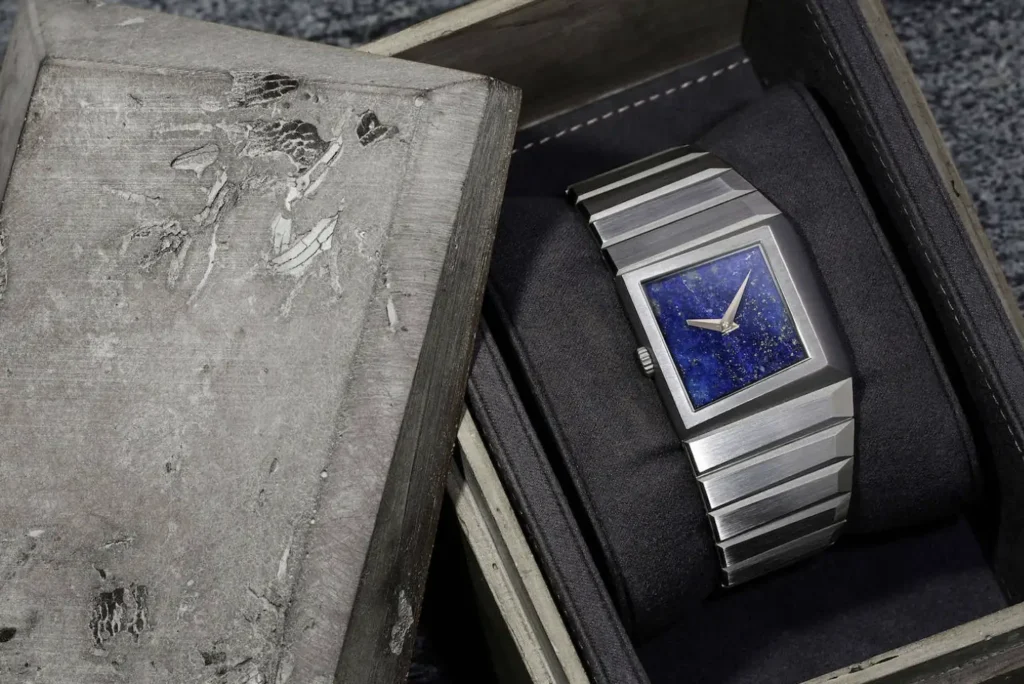
As interesting as some of these designs are, I question their staying power over the long haul. The architecture itself became something of a niche, appreciated by some, but not broadly adopted. These watches will likely find a similar story, which is just fine as they were never really intended for the masses. They are passion projects, and help push boundaries a bit further away from our comfort zone, and guide large brands and small brands alike on what can be accomplished. If it ends up pushing a few brands into new territory, then it will have been a net benefit. If not, then I’ll still find plenty to appreciate in these watches.

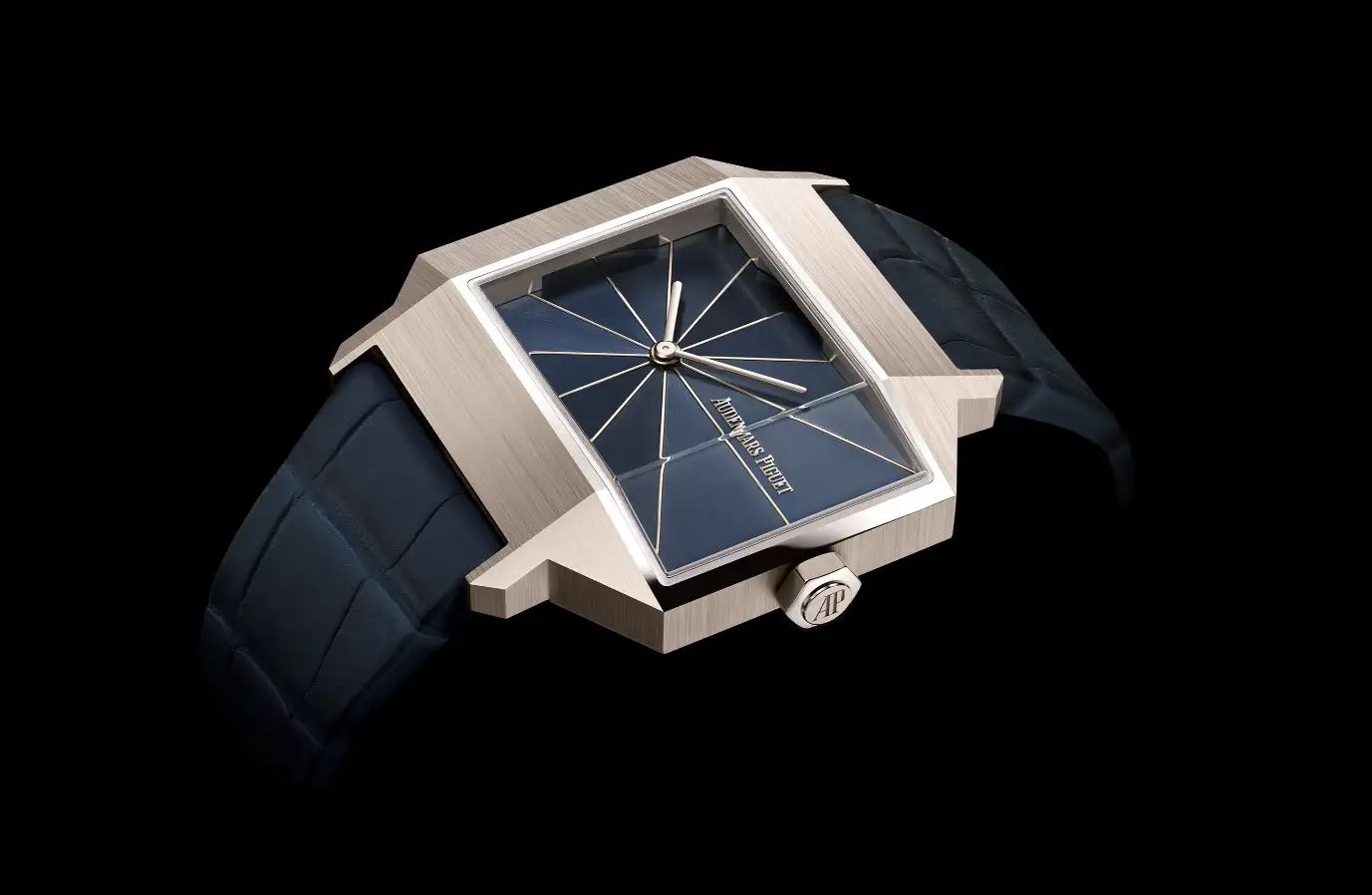
Comments
One response to “The Rising Popularity of Brutal Asymmetry”
[…] I’d love to see brought back with a similar amount of respect (looking at you, Breitling), but, as discussed earlier, it generally takes the smaller independent scene to gain enough […]